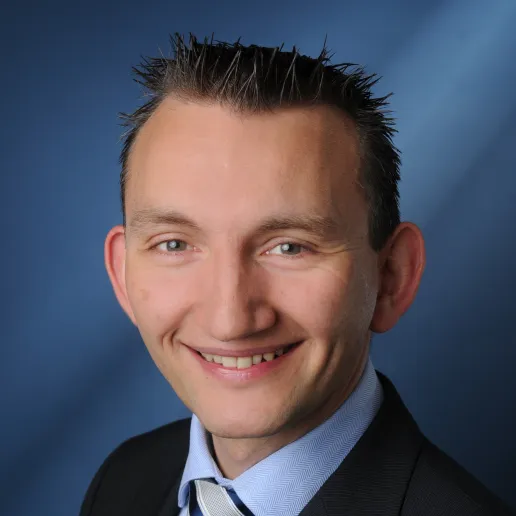RTG 1792: High Dimensional Non Stationary Time Series
Facts
Economics
DFG Research Training Group
![]()
Description
Quantitative economics often faces the challenge of modelling high dimensional, unstructured data and nonstationary time series. The standard tool sets that are based on a low parameter dimension and a growing number of observations are not applicable and one needs to use adaptive techniques and local stationary models to match data phenomena. The IRTG investigates how high complexity and dimensionality can be downscaled to lower dimensional structures. The dynamic of which can be understood via dimension reduced statistical modelling. The key goals is the development of new statistical and econometric theory to create a broader field of analysis supported by e.g. time varying machine learning or network techniques. The computational methods will be provided on a free accessible platform that allows for transparent and reproducible scientific research. Areas of application include neuroscience, high frequency finance, time varying clustering of unstructured data, dynamic topic modelling, sentiment reactions and herding effects. For realistic adoption of these new tools one needs to eliminate, or at least relax, Gaussianity assumptions via various types of regularizations. A new estimation theory based on functional structural sparsity will allow a fair balance between model interpretability, distributional flexibility and structural complexity. A typical example is time varying Lasso with predictable and economically interpretable sparseness parameter. A graph based view on time series data is necessary if one considers e.g. the dynamics of social or systemic risk networks. Here the IRTG contributes via research on combinatorial inference on e.g. which nodes are central and which nodes are infectious in the sense of creating similar sentiments in a financial context. Such analysis is also demanded in the rapidly growing crypto currency system, where one likes to identify market movers and dynamic survival rates of crypto currencies. To achieve these research goals the qualification programme requires a multi facet course programme that involves solid mathematical and statistical training in combination with modern machine learning skills. Short courses augmenting knowledge on current topics in dimension reduction, dynamic sparseness and networks are held by visiting researchers.
Spokesperson
- Person
Prof. Dr. Wolfgang Karl H?rdle
- Wirtschaftswissenschaftliche Fakult?t
Participants
 Person
PersonProf. Dr. Stefan Lessmann
- Wirtschaftswissenschaftliche Fakult?t
- Wirtschaftsinformatik
- Person
Prof. Dr. Markus Rei?
- Mathematisch-Naturwissenschaftliche Fakult?t
- Institut für Mathematik
- Person
Prof. Ph. D. Michael C. Burda
- Wirtschaftswissenschaftliche Fakult?t
- Wirtschaftstheorie II
Organization entities
Department of Mathematics
Address
Johann von Neumann-Haus, Institutsgeb?ude, Rudower Chaussee 25, 12489 BerlinFaculty of Economics and Business Administration
Address
Institutsgeb?ude, Spandauer Stra?e 1, 10178 Berlin
Child projects
- ProjectDFG Research Training Group03/2013 - 12/2018
IRTG 1792/1: High Dimensional Non Stationary Time Series
Project management: Prof. Dr. Wolfgang H?rdle
- ProjectDFG Research Training Group04/2018 - 06/2023
IRTG 1792/2: High Dimensional Non Stationary Time Series
Project management: Prof. Dr. Wolfgang H?rdle

